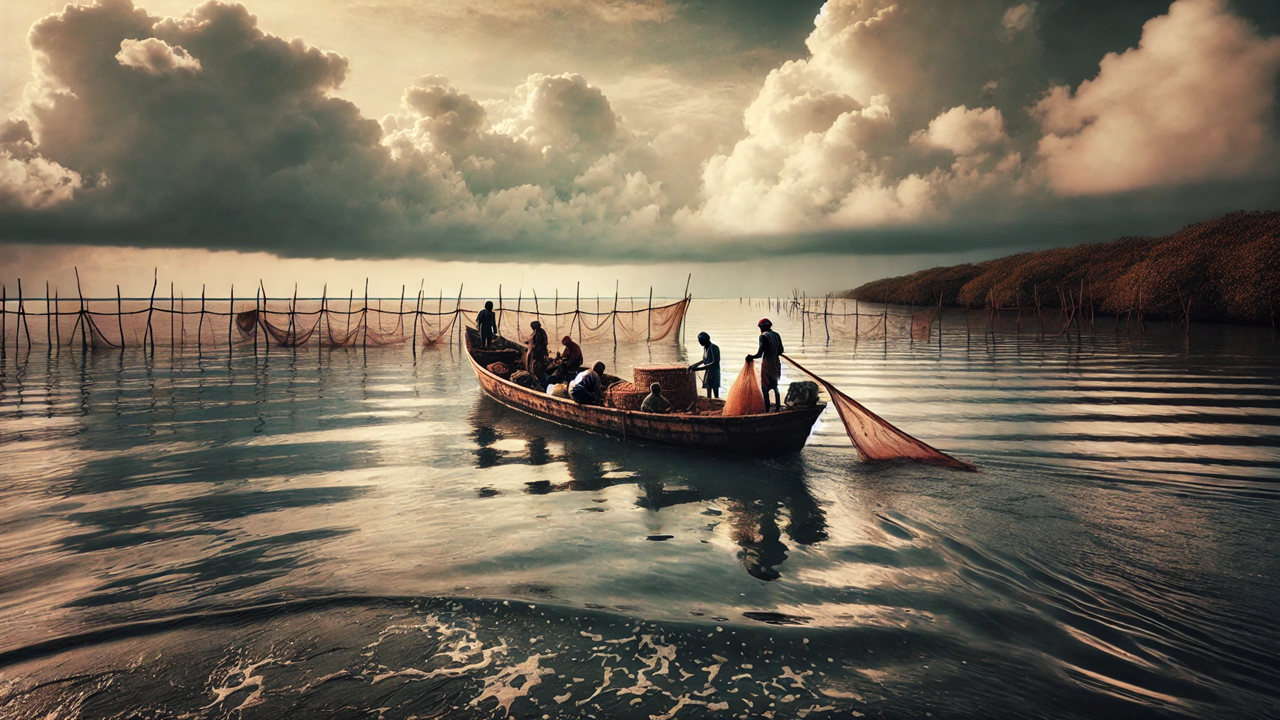SA Boosts Rock Lobster Catch Quota by 58.4% for 2025/26 Season
The TAC will rise sharply from 505 tonnes in 2024/2025 to 800 tonnes for 2025/2026, following new scientific assessments that point to signs of recovery in rock lobster populations.

- Country:
- South Africa
South Africa’s West Coast Rock Lobster fishery has received a major boost with the announcement of a 58.4% increase in the Total Allowable Catch (TAC) and Total Allowable Effort (TAE) for the 2025/2026 fishing season. The announcement was made on Tuesday by the Minister of Forestry, Fisheries and the Environment, Dr Dion George, who described the increase as a carefully balanced decision that aligns ecological sustainability with socio-economic development.
Scientific Basis for the Increase
The TAC will rise sharply from 505 tonnes in 2024/2025 to 800 tonnes for 2025/2026, following new scientific assessments that point to signs of recovery in rock lobster populations. According to the Minister, this upward revision reflects a positive trajectory for the resource after years of concern about overexploitation.
“The 58.4% increase reflects our commitment to both ecological recovery and economic opportunity. By basing our decisions on the best available science, we can ensure that this iconic fishery continues to thrive for generations to come,” George said.
Allocation of Catch Quotas
The increased TAC will be distributed across different fishing sectors as follows:
-
Commercial Offshore: 400 tonnes (50%)
-
Commercial Nearshore: 136 tonnes (17%)
-
Small Scale Nearshore: 136 tonnes (17%)
-
Small Scale Offshore: 104 tonnes (13%)
-
Recreational: 24 tonnes (3%)
This allocation ensures that both large-scale operations and small-scale community-based fisheries benefit from the increase, with a particular emphasis on balancing commercial interests with community livelihoods.
Seasonal Restrictions to Protect Stock
Despite the TAC increase, the Department of Forestry, Fisheries and the Environment (DFFE) has opted to maintain a four-month fishing season per zone, typically from 15 November 2025 to 15 March 2026. This measure prevents harvesting during critical biological periods, especially breeding seasons, and aims to curb illegal poaching.
The industry had requested an extension of the season to six months, but this was rejected. “Extending the season at this stage would compromise recovery. The shorter season strikes the balance between protecting the stock and sustaining the livelihoods of fishing communities,” George explained.
Industry Requests and Regulatory Decisions
Other industry proposals, including allowing nearshore rights holders to land catches on behalf of others and permitting weekend fishing in May and June, were also declined. Authorities cited concerns over monitoring challenges, poaching risks, and the potential strain on stock recovery.
Nevertheless, Minister George emphasized the government’s commitment to ongoing dialogue with stakeholders. “We value the industry’s input and remain committed to working together on solutions that protect our marine ecosystems, while addressing community needs,” he said.
Recreational Fishing Guidelines
For recreational fishers, the season has been set at 12 days, with exact dates to be finalized through amendments to the Marine Living Resources Act (MLRA) Regulations. Recreational fishing will continue under strict compliance rules to prevent overharvesting.
Appeals Process and Future Outlook
Stakeholders dissatisfied with the TAC and TAE decisions can submit appeals within 30 days to MLRAAppeals@dffe.gov.za, copying CSCapplications@dffe.gov.za.
According to the Minister, the latest increase is an encouraging sign that conservation efforts are yielding results. “By maintaining rigorous science and constructive engagement, South Africa is building a sustainable fishery that supports jobs, strengthens communities and preserves the country’s marine heritage,” George said.
The new quota system is expected to generate economic benefits for fishing communities while ensuring that South Africa continues on a path toward responsible ocean stewardship.










